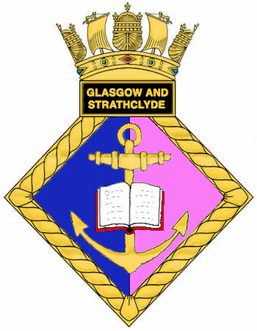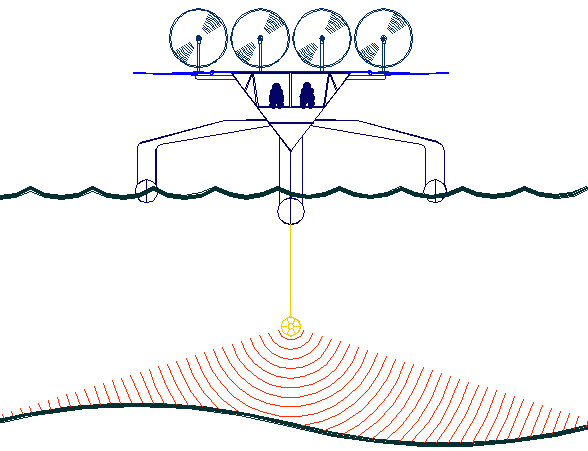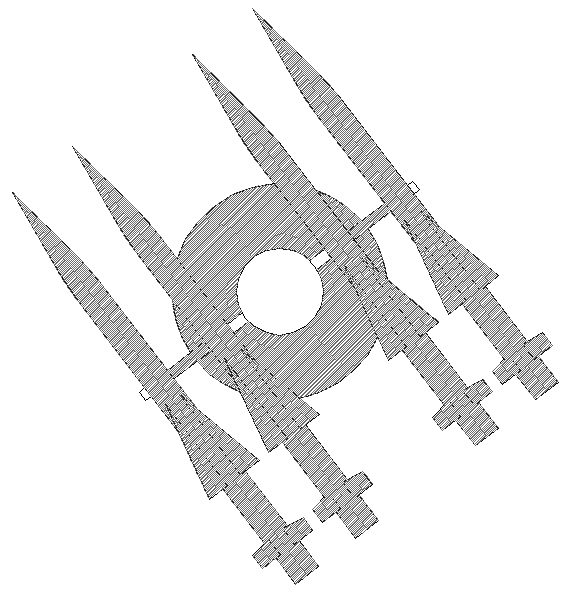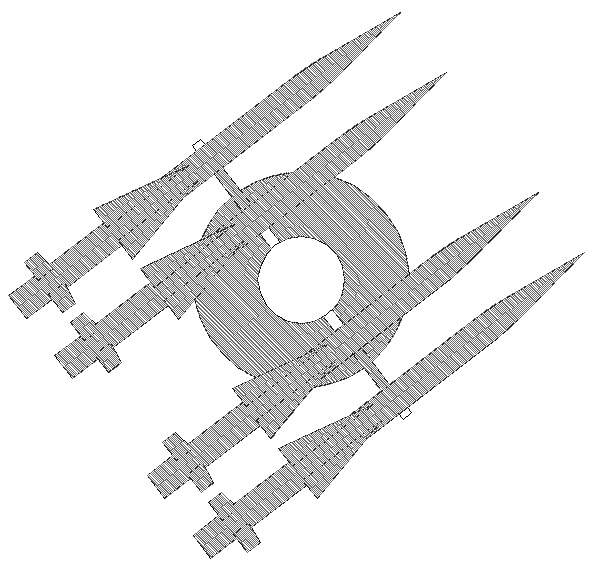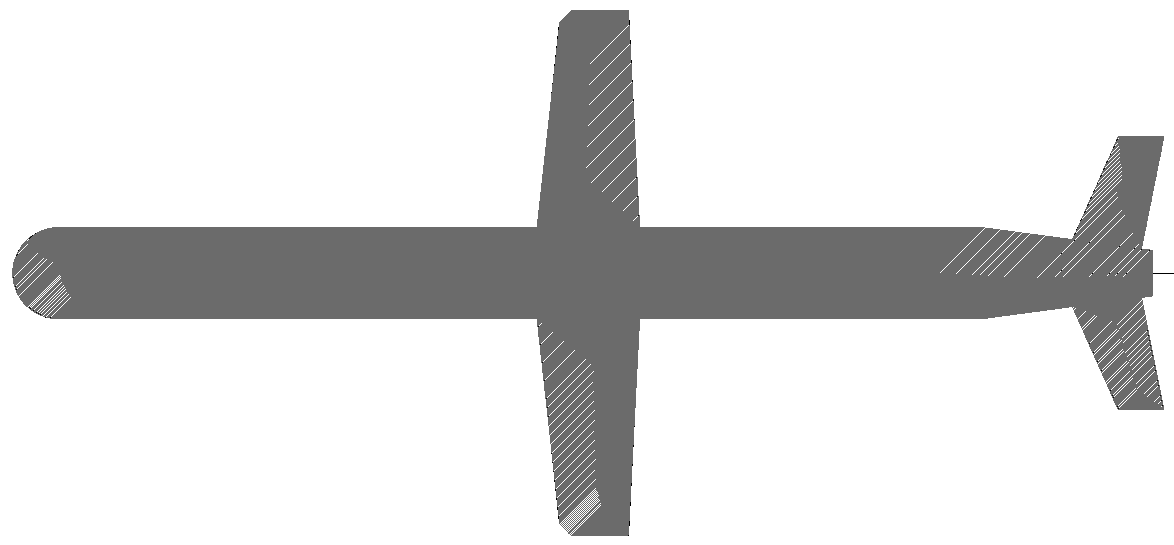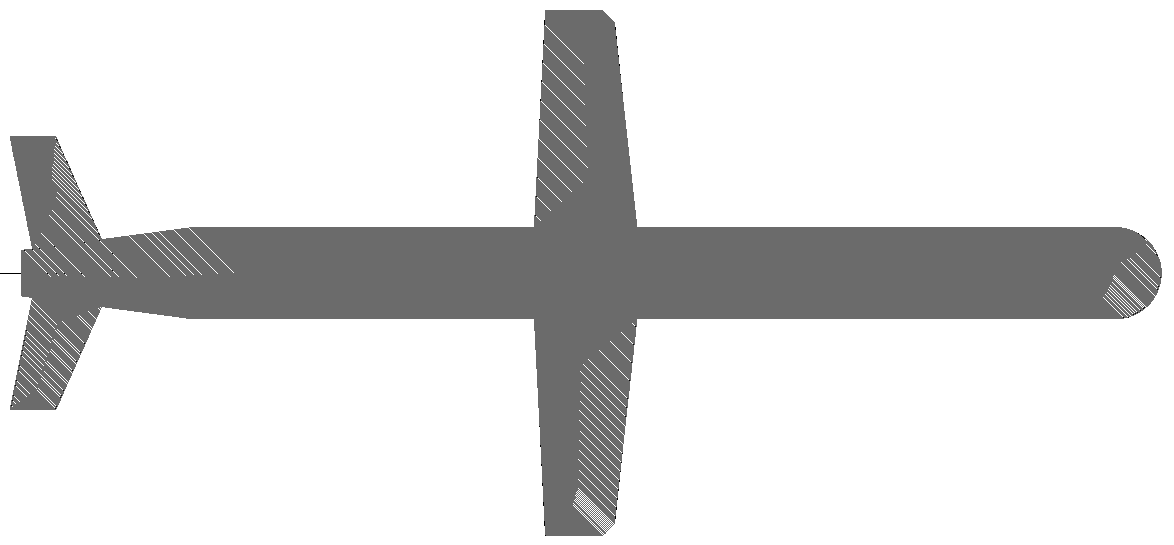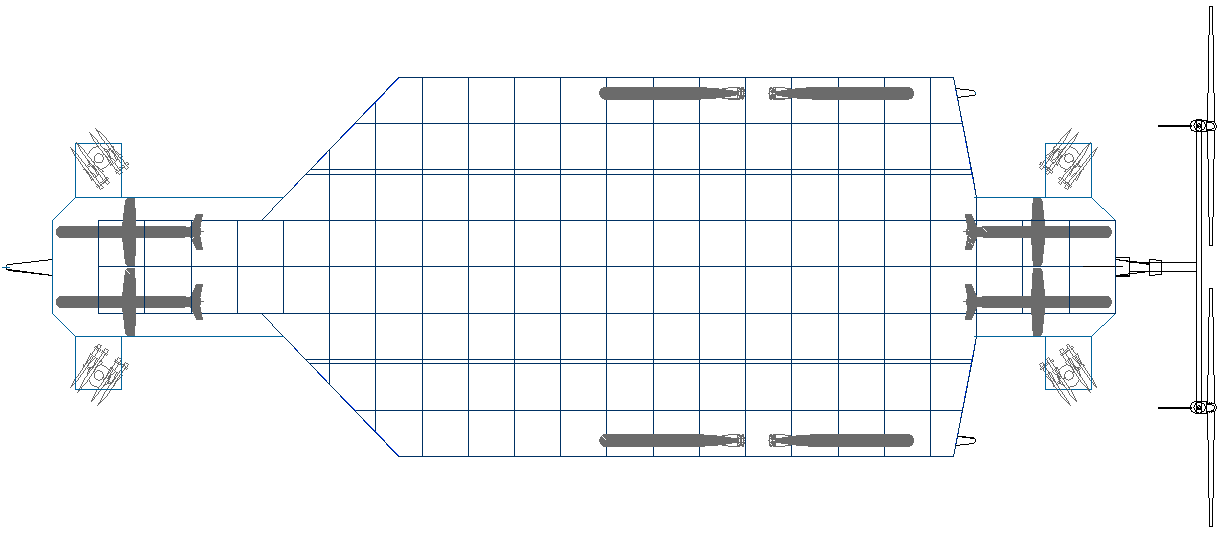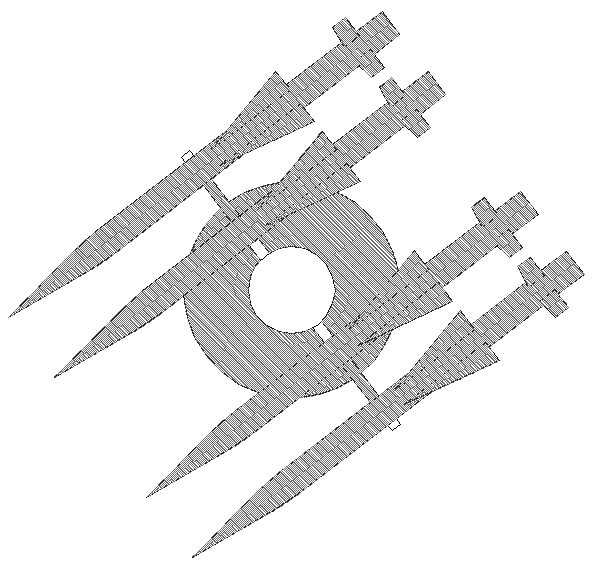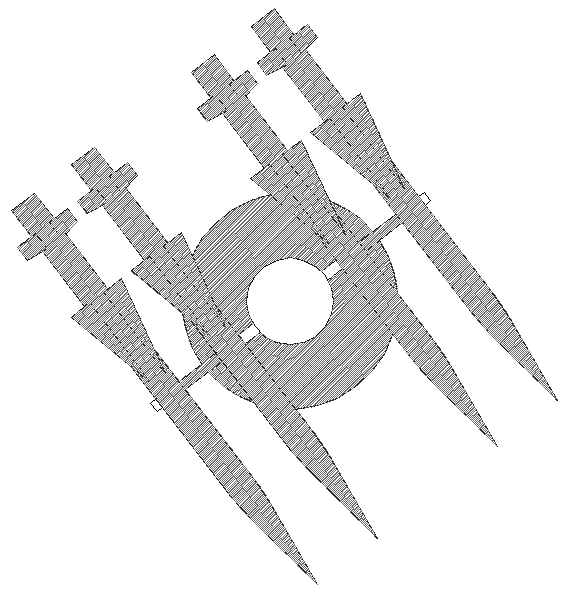|
STRATHCLYDE UNIVERSITY - Naval Architecture & Marine Engineering
|
||||||||||||||||||||||||||
|
Naval Architecture & Marine Engineering
Building
on the city of Glasgow’s rich heritage of Naval Architecture and
Shipbuilding, NAOME provides first-rate graduates and research for the
Maritime,
Oil & Gas
and Marine
Renewables
industries worldwide.
SOCIETY OF MARITIME INDUSTRIES CONTACTS
Naval Architecture & Marine Engineering
NAOME, University of Strathclyde
GLASGOW
and STRATHCLYDE URNU
MARINE ACADEMIC INSTITUTIONS A-Z
Australian Maritime - Geneve - Hawaii Renewable - NERC - Newcastle Naval
NOC Oceanographic - Plymouth - Portsmouth - Seoul Naval - SOTON
Strathclyde
Marine - Sussex
- TU
Delft - USP South
Pacific - Webb
Institute
LINKS & REFERENCE
http://www.strath.ac.uk/naome/ Glasgow and Strathclyde Royal Navy Unit http://www.gandsurnu.co.uk/ http://www.rina.org.uk/ http://www.strath.ac.uk/naome/ http://www.strath.ac.uk/na-me/
PATENT PENDING - The key to accurate hydrographic mapping is continuous monitoring, for which the Bluefish ZCC platform, presently under development, is a robotic ocean workhorse. Based on a stable SWASH hull this design is under development by a consortium of British engineers. The robot ship uses no diesel fuel to monitor the oceans autonomously (COLREGS compliant) at relatively high speed 24/7 and 365 days a year - only possible with the revolutionary (patent) energy harvesting system. The hullform is ideal for automatic release and recovery of ROVs or towed arrays, alternating between drone and fully autonomous modes. International development partners are welcome. We are not at this time bound by contract to any one country. This vessel pays for itself in fuel saved every ten years. Military developments of this concept may be the battleships of the future. See the proposed drone destroyer below.
SEANET™ DRONE - A hammerhead Scorpion HK combat warship - fitted with 4 x SAM turrets (one per quadrant with independent targeting), for 360 degree multiple cover. Each SAM turret carries 8 missiles (Rapier example), giving a battery of 32 rockets to fend off enemy aircraft. This micro battleship is also shown here with 4 Tomahawk cruise missiles in protected bays, fore and aft, and 4 x 21" MK48 torpedoes in the outriggers - all drawn to scale - as a prelude to proof of concept. The torpedoes and cruise missiles would not be visible, but we've shown them in x-ray. The OAL of this clever design is 52.7m or 171 feet. She is designed to cruise all day and night at 7-10 knots using only energy from nature - and sprint up to 25knots (depending on specification) in attack mode. This original concept vessel is design copyright © BMS Ltd 2014. The technology is also patent applied for.
The weapons are here shown as as exploded view, in their approximate battle ready positions, to give a better idea of the seriousness of the firepower that can be packed into one compact warship. With no need of crew quarters, galley, helm and heads, no space is wasted.
If the plan is to overwhelm an enemy's carrier strike force, this is the vessel to do it. A fleet of 5 or more robots operating in SeaNet fashion will present an unacceptable threat of annihilation to any small group of warships foolish enough to enter sovereign waters. Quite literally, they will be blown away - and the Scorpion HKs are disposable items, with no risk of losing human life. It's Kamikaze role reversal - with an encroaching enemy sure to die trying. At choke points or in times of war a strike force of 10-20 Scorpion HKs could take on and destroy a conventional naval fleet, sending the aggressor home with their tails between their legs.
The whole idea of regular SeaNet patrols is that the operators already know of impending build up in naval activity and the program automatically takes the appropriate action to ensure delivery of sufficient firepower to neutralize potentially threatening situations. Hence, a Scorpion HK is a peacekeeper, rather than a playground bully.
|
||||||||||||||||||||||||||
|
This
website is Copyright © 2014 Bluebird Marine Systems
Ltd. The
names Bluebird, EuroStation™,Ecostar DC50™,
SeaNet™,
SeaWolf™
and the blue bird in flight
|
||||||||||||||||||||||||||
